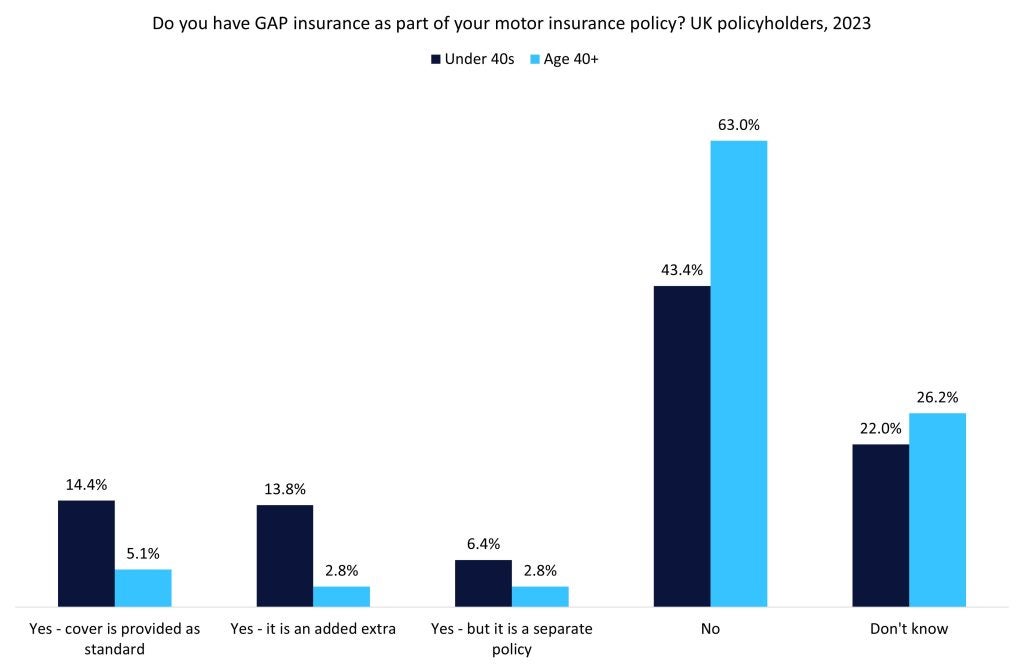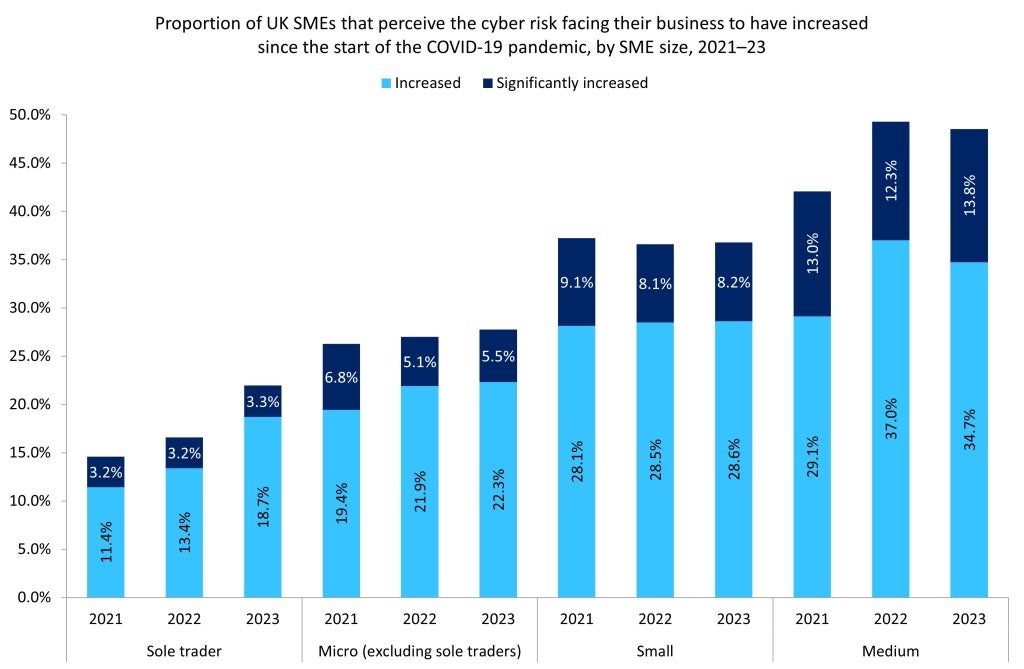While microinsurance is
a rapidly expanding market, building trust and educating consumers
about the product type will be essential for the sector to achieve
its potential.
Craig Churchill, chair
of the Microinsurance Network (MiN) says: “[Low-income individuals]
may have concerns with issues of trust [in insurance] and so need
to overcome both trust and intellectual comprehension obstacles;
you need to figure out how to make it so straightforward and simple
that you’re able to convince people that it will benefit
them.”
Affordability,
surprisingly enough, is the easy bit; although the target market
often live on less than $2 a day, many premiums for term insurance
– and most life microinsurance is term insurance – are a few
dollars a month, with microinsurance reinsurer MicroEnsure’s
average commission being 23 cents.
Persuasion
Persuading people to pay
for life insurance can be difficult. First, it needs to be
worthwhile and with 2.6bn people living on between $1.25 and $4 a
day, according to the Swiss Re report, spending money on something
that only pays out if you die in the allocated time frame may seem
like a waste and so there is the challenge of encouraging an
insurance-buying culture among low-income households.
Richard Leftley, CEO and
president of MicroEnsure, concurs on the importance of gaining
consumers’ trust when offering microinsurance. He says: “What we
discovered was that you could spend years and millions of dollars
building a brand that [low-income individuals] trusted or else you
could just partner with another organisation that basically already
had that trust, and that brand.”
How well do you really know your competitors?
Access the most comprehensive Company Profiles on the market, powered by GlobalData. Save hours of research. Gain competitive edge.

Thank you!
Your download email will arrive shortly
Not ready to buy yet? Download a free sample
We are confident about the unique quality of our Company Profiles. However, we want you to make the most beneficial decision for your business, so we offer a free sample that you can download by submitting the below form
By GlobalDataLeftley adds:
“Interestingly, [low-income individuals] and middle income
[individuals] really do not trust insurance companies as they see
them as being untrustworthy. This is probably because most of the
time that’s the experience; they don’t pay claims, and they wrap
themselves up in legal language.”
In Leftley’s view, there
are three requirements of a partner: a strong brand, accessibility
and the ability to transact cash.
In terms of
partnerships, when the MiN studied commercial insurers moving into
microinsurance in 2010, there were 27
partnerships with banks, eight with service providers such as
funeral parlours and post offices, five with ‘informal groups’ and
four with community-based organisations.
The same study found
that churches were used as a distribution channel for six separate
insurance products.
Leftley explains that
MicroEnsure partnered with the Anglican Church and tried to sell
insurance. However, he adds since the Anglican Church is
“disincentivised from transacting cash”, as that money flows away
from the church towards the insurer, the partnership
struggled.
The ILO’s report
Protecting the Poor: A Microinsurance Compendium Volume II explains
that utilities, telcos, post offices, payment administrators and
retailers have added insurance to their menu of
services.
It adds that while
collecting microinsurance premiums can be a challenge, emerging
payment systems, such as M-PESA in Kenya, are substantial drivers
of growth.
In South America,
utility companies offer distribution options – Mapfre has partnered
withColombian power company CODENSA, and Zurich shares agents with
a Chilean company to collect premiums door-to-door.
Innovation
matters
Innovation helps, too. A
prime example is the Indian Farmers Fertilizer Cooperative’s
(IFFCO’s) automatic provision of accidental death cover with the
purchase of a certain fertilizer, the bag itself providing proof of
the premium purchased.
Such a programme is a
win-win, opening the market to the insurer, acting as a marketing
tool for the fertilizer company and providing added value for the
customer.
Another form of embedded
cover comes from programmes such as the partnership between
MicroEnsure and telco Tigo which offers free life insurance to Tigo
subscribers based on their usage of Tigo.
Brand recognition is one
thing, but in an environment where insurance industries command
little trust, word of mouth is important, so companies need to be
proactive in finding beneficiaries.
In the aftermath of the
Haitian earthquake in 2010, the ILO report said the
Alternative
Insurance Company was so
eager to encourage funeral insurance claims that it even decided to
pay for claims where there were valid contractual grounds for
repudiation.
Leftley sees
pro-activity as the key to growth: “We’re trying to seek out the
claims because we’re trying to pay the claims quickly, so people
say, ‘Wow this insurance thing that I always thought was a waste of
time is actually worth having’. And then that creates a market that
you can go back into and cross sell additional
products.”
Churchill sees the
objective as encouraging an insurance culture, particularly to
people on low incomes, and moving away from “automatic or mandatory
products where people don’t even know they’re covered”.
As well as chasing
beneficiaries, cross-selling is an important strategy in
microinsurance. Churchill highlights the provision of voluntary
riders on mandatory policies in order to cover large numbers of
people. By doing that, he says you create both “a sales function
and an education function” by making people more aware of insurance
options.
Telcos’
role
And once again, telcos
can play their part. Leftley says: “Millions of clients are being
sent a text message saying ‘Hey, would you like to top up your
cover, or include a family member, or buy health
insurance?’”
Another issue facing the
microinsurance sector is how to define it. According to the
ILO report, this can be done in four main ways: by target group,
product type, provider type and distribution channel.
“It’s about providing
access, or it’s about providing insurance through a company that
people trust, in a way that is affordable, accessible and easy to
understand,” says Leftley.
According to the
compendium, corporate social responsibility was the third most
important motivator for major companies entering microinsurance,
behind entering a new market and profit expectations, but ahead of
brand recognition.
“Insurance plays a huge,
critical role in the economic development, at a macro level, for
the country as a whole; and if insurance isn’t able to play that
role… I think that’s going to stymie economic development in
general,” adds Churchill.
Microinsurance will feed
into the economic development of a country, and as the middle class
develops, as has happened in China and India, that will provide
opportunities for insurers with more traditional
products.
Need for
regulation
But in order for
microinsurance to aid economic growth, there is also a need for
more regulation. Churchill says a challenge for life insurance
products in emerging markets is that “there are huge problems with
retention, lapse rates are high, so that product commissions are
paid up front and then people don’t maintain their policy in force,
and then they have nothing to show for the premiums they’ve been
paying”.
He adds: “There are even
consumer protection concerns that some insurers can be making a
fair amount of money out of products that target low-income people
and are overpriced. Because people don’t see the premium amount,
it’s hidden in an interest rate.”
Going forward, the ILO
report says it may be necessary for regulators to make adjustments
to laws and regulations to reduce obstacles to financial
inclusion.
The report notes that
some countries have even created a special category for
microinsurance companies, such as the Philippines.
Leftley says: “If you go
to a farmer in India and you ask him about life insurance he thinks
about the savings benefit, he does not think about mortality, he
does not think about getting a payout when he dies.”
Having been told that in
three to five years, everyone will have access to Wi-Fi or 3G
networks in Africa, he says that would “completely collapse the
model of embedding insurance, because then you would be able to
afford a direct relationship with the consumer”.
With such a huge market
still largely untapped, there is plenty of potential left in
microinsurance.
Regulation could help to
build trust and demonstrate value in the sector and thereby expand
the market.
Furthermore, what
Leftley terms “brand agnosticism” means that the market is wide
open – and not necessarily to the biggest or most experienced
companies.
He says, “A product that
my friends tell me that the insurer will pay claims quickly on
means word of mouth is much more important than advertising, and it
will be about scale, massive scale.”
Fast
facts
• Microinsurance
represents a potential market of 4bn customers and $40bn in premium
income
• Health and agriculture
microinsurance offer a strong value proposition to low-income
households
•Asia-Pacific is a key
potential market for microinsurance







